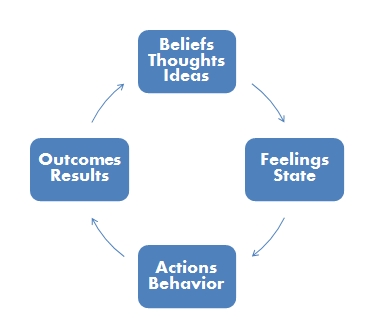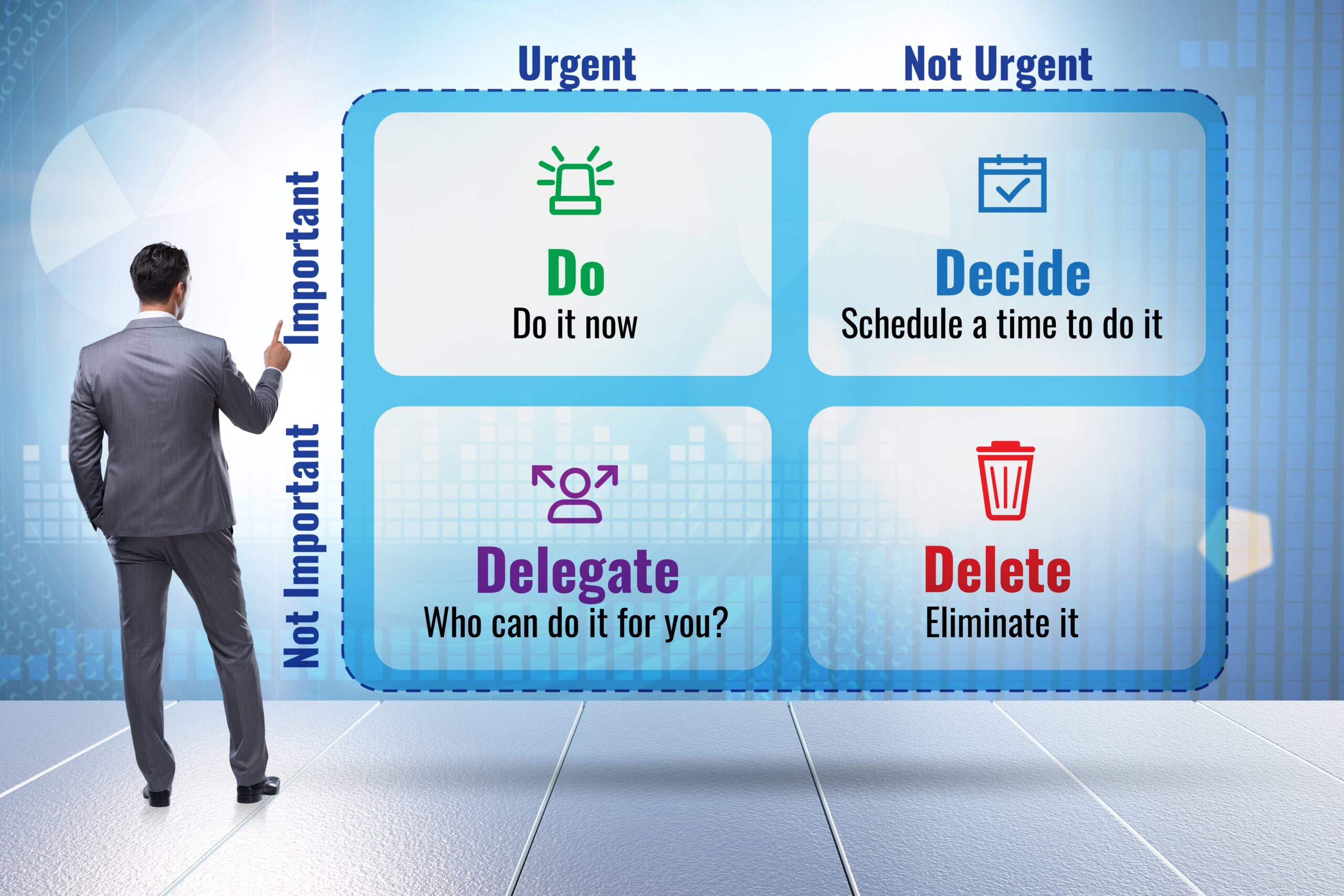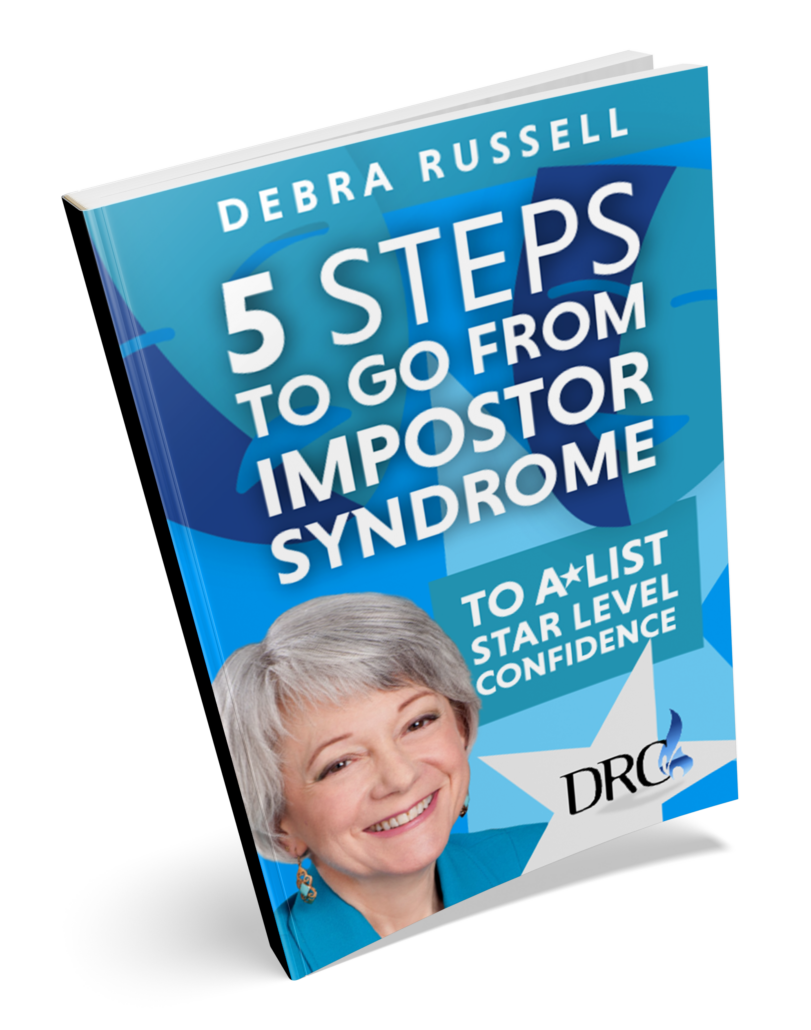 Believing that confidence is something that you have, something you can get, something someone else can give you – that is a misunderstanding.
Believing that confidence is something that you have, something you can get, something someone else can give you – that is a misunderstanding.
Confidence is defined as: a feeling or consciousness of one’s powers. If you believe in your own power and ability, you will FEEL confident.
Confidence is an emotion. It is an emotion that is inspired by beliefs. As such, it is neither right, real or true. Therefore, you can choose it.
In this class you will:
- examine the true nature of confidence
- explore the beliefs that block your confidence
- learn how to build your confidence
Additional Resources for this Class:
- How To Win Friends and Influence People
, by Dale Carnegie
- Loving What Is: Four Questions That Can Change Your Life
, by Byron Katie
Prerequisite Class:
Listen to the Class:
[wlm_private ‘Professional|Mastery’]
Additional Class Materials:

[/wlm_private]
[wlm_nonmember]
Ready to get serious? Enroll in the Artists Marketing & Business Academy Professional Program to access these classes today!
Your Tuition ($79 per month) includes all Foundation level classes PLUS the Professional level classes PLUS the Time Management Mastery Course & App.
[/wlm_nonmember]
Read the Class Transcript
[wlm_private ‘Mastery’]
Download the full transcript of Confidence
[/wlm_private]
[!wlm_private “Mastery”]
[wlm_nonmember]
Enroll in the Artists Marketing & Business Academy Mastery Lab to access the transcript of this class today
[/wlm_nonmember]
[wlm_private ‘Foundation|Professional’]
Upgrade to the Artists Marketing & Business Academy Mastery Lab to access the transcript of this class today
[/wlm_private]
[/!wlm_private]
Next Class:
- An Act of Willpower – the Process of Perseverance (Professional Program)
[!wlm_private “Foundation”]
Ready to get serious? Enroll in the Artists Marketing & Business Academy Professional Program to access these classes today!
Your Tuition ($79 per month) includes all Foundation level classes PLUS the Professional level classes PLUS the Time Management Mastery Course & App.
[/!wlm_private]
[wlm_private ‘Foundation’]
Click here to upgrade to the Artists Marketing & Business Academy Professional Program to access these advanced classes today (at the $65 per month Discounted Tuition Upgrade price includes all the benefits of the Professional Program)
[/wlm_private]






